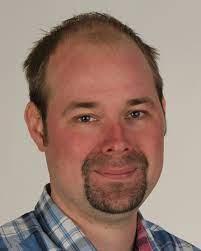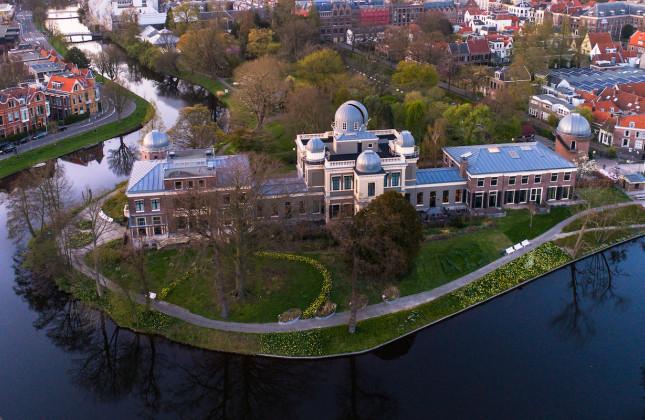Frans Snik was first exposed to astronomy during an internship at a solar telescope on Hawaii. Now, as assistant professor at the Leiden Observatory of Leiden University, he searches for extra-terrestrial life, not so much looking at stars as well as right next to them.
 “In our research group we develop smart optical techniques for extracting as much information as possible from the little light we receive from planets orbiting stars”, he says. “Even if the image of a planet is only a single pixel, we can still determine if it hosts clouds, continents, liquid water and, perhaps, even life.”
“In our research group we develop smart optical techniques for extracting as much information as possible from the little light we receive from planets orbiting stars”, he says. “Even if the image of a planet is only a single pixel, we can still determine if it hosts clouds, continents, liquid water and, perhaps, even life.”
Selective quenching of starlight is an extreme problem in that the light of the planet can be up to ten billion times less bright than that of its companion star. To address this, his research group developed technology based on painting liquid crystals onto pieces of glass. By now, this technology has been integrated into most of the largest telescopes on earth.
Everything we need to turn a scientific idea into an instrument and place it on the moon within a few years’ time is near at hand.”
Extremely Large Telescope
Observing space through earth’s atmosphere comes with additional challenges. Even so, the Extremely Large Telescope that is still under construction will be able to detect liquid water on the surface of planets orbiting red dwarf stars, as well as oxygen in their atmosphere. “But to detect an earth-like planet orbiting a sun-like star, we have to go into space”, Snik says. In a collaboration with SRON, NASA and others, he is therefore developing a space-grade variant of the liquid crystal technology, allowing it to be installed onto the next generation of space telescopes. Many of his optical techniques end up being used for earth observation purposes as a spin-off application – to determine the effects of particulate matter on our climate and our health, for example. At this moment, particulate matter is the largest source of uncertainty in (modelling) climate change.
The ultimate selfie
Snik and the faculty of Aerospace Engineering in Delft currently collaborate on projects aiming to observe the earth from the moon and the International Space Station. “We are going to make the ultimate selfie. We will compress our entire planet into a single pixel and measure everything possible – light intensity, its spectrum and polarisation. It will allow us to validate our models of exoplanets based on the only planet we know for sure to contain life.”

Nanosatellites
Snik expects most opportunities for the LDE Space for Science and Society programme to be related to the rise in commercial space travel and the rapid development of nanosatellites. “It kind of brings back the cowboy mentality”, he says. “We are right in the middle of an ecosystem of small and large aerospace companies. Everything we need to turn a scientific idea into an instrument and place it on the moon within a few years’ time is near at hand.”
Another opportunity, according to Snik, is to have all data from large and small earth observation satellites impact our daily lives – using space technology to achieve the sustainable development goals that were set and to improve our society. “In addition to technology, this also involves entrepreneurship and space law”, he says. “This is where everything comes together.”
